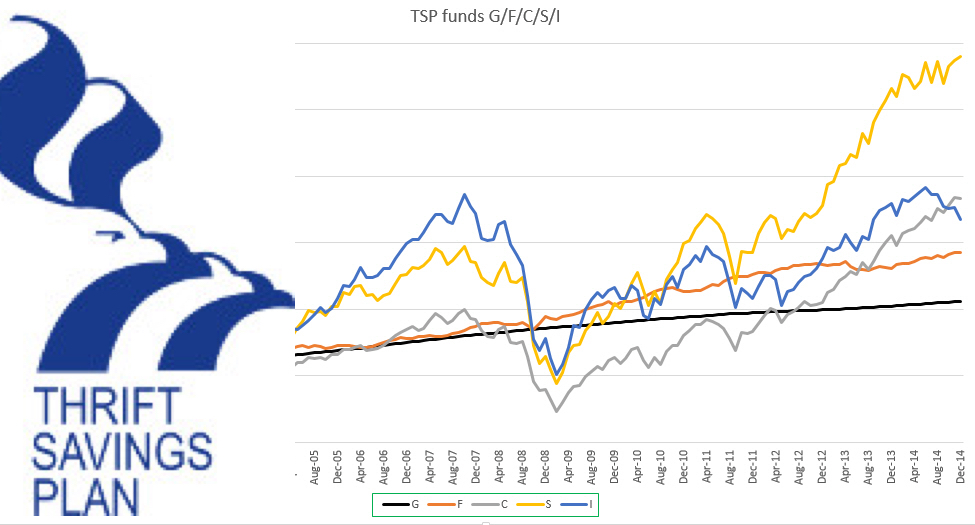Picking the Best Withdrawal Options for TSP

Contributing to the thrift savings plan is popular throughout the course of being a federal employee. Additionally, employees of FERS get an added benefit of a 5% match on contributions to their thrift savings plans.
The thrift savings plan has a few retirement withdrawal options. The time comes after contributing to the thrift savings plan during employment that you need to access your funds. You can do a partial thrift savings plan withdrawal every 30 days, or you can make a full withdrawal. In addition, you can leave your funds in your thrift savings plan. That being said, to do this option, you have to start taking Required Minimum Distributions no later than April 1st of the year after you turn 70 ½ years old.
Even though the thrift savings plan has various withdrawal options to choose from, it can be confusing to pick which route to go down. Which one is the right one for you?
Your own personal situation requires a tailored made plan to fit your needs. Therefore, there is no one-size-fits-all option for how you should access your thrift savings plan account.
Examine this case study about Stewart to obtain a greater understanding of the withdrawal options available to you.
Case Study
After reaching his minimum age for retirement of 57 with 32 years of service under his belt, Stewart retired from federal service. After retiring, he began to receive the benefits of his Special Retirement Supplement (SRS) and FERS pension.
Stewart contributed to his thrift savings plan throughout his working career. The two legs of Stewart’s retirement stool were sturdy enough to cover all his regular expenses and gave him enough income to live comfortably. Now that he is in retirement, he wants to access these funds. What is the best way to do this?
There is a ten percent early withdrawal penalty for those who want to access their thrift savings plan funds early. Thankfully, Stewart’s daily needs were met through his SRS and FERS pension. Furthermore, he used his thrift savings plan money to spend on his children and to travel. However, because he waited until he was 57 years old, he did not have to worry about that early withdrawal penalty, and he still had enough money to cover everything.
Stewart decided to keep his funds in his thrift savings plan because he wanted to make regular withdrawals to pay for future adventures. Due to him leaving the funds in his thrift savings plan account, he can do up to one partial withdrawal from his thrift savings plan every 30 days. He, therefore, decided to use the partial withdrawals to cover any future adventures and to give some extra money to his grandson.
Stewart’s case is an excellent example because it showcases deciding what to do with his thrift savings plan in a way that can help other retired federal employees. He was able to live comfortably in retirement once he figured out that his SRS and FERS pension would give him enough income.
Stewart covered his immediate spending needs and realized he wanted greater flexibility with his thrift savings plan. He chose a withdrawal strategy that worked best for his goals, which was spending time with his grandson and traveling more.
I would encourage you to start thinking about the direction you want to take with your thrift savings plan. You may choose a different withdrawal strategy than Stewart if you need the money to meet your daily needs.







